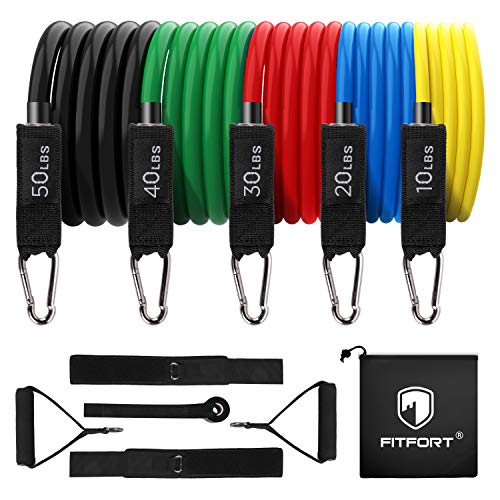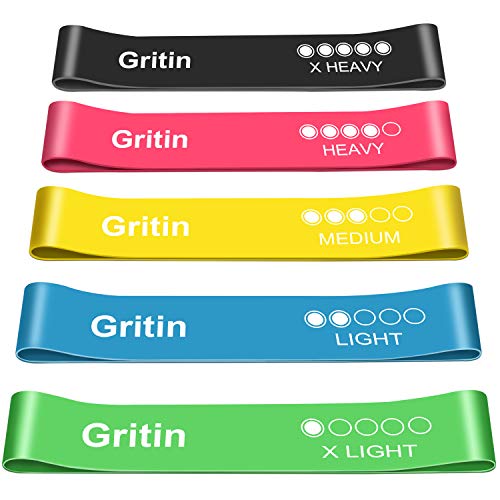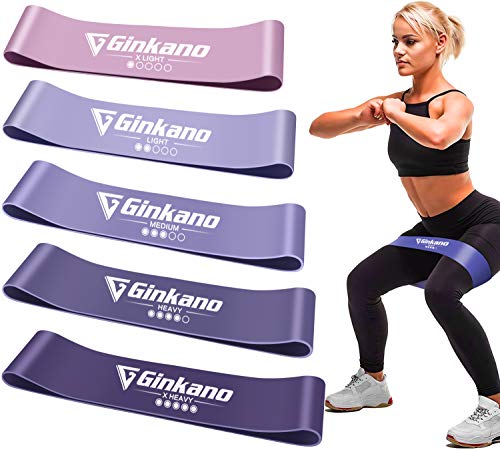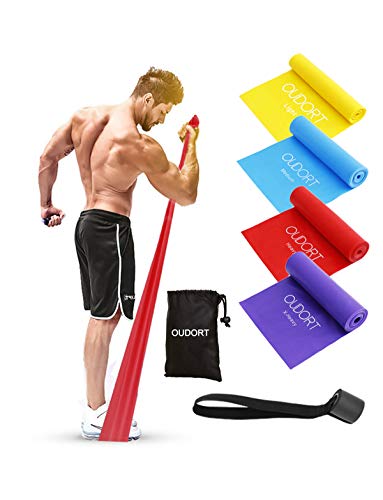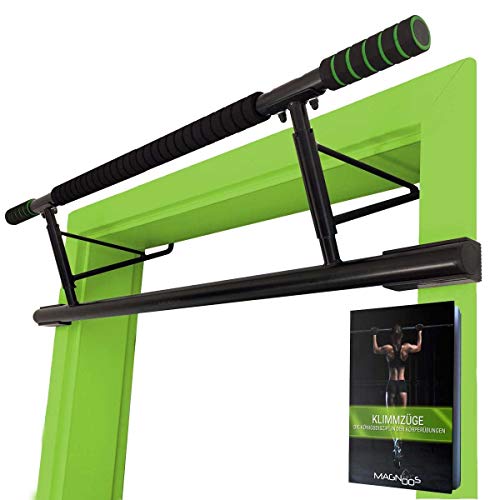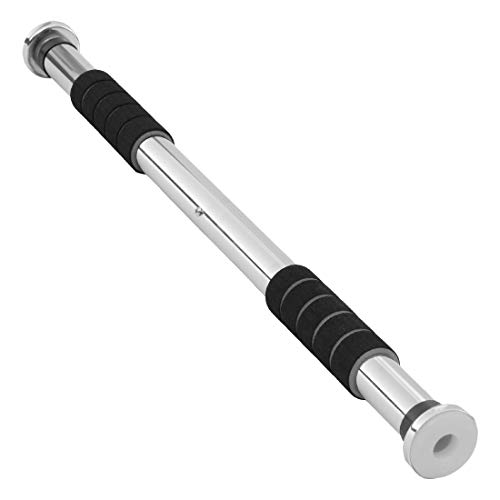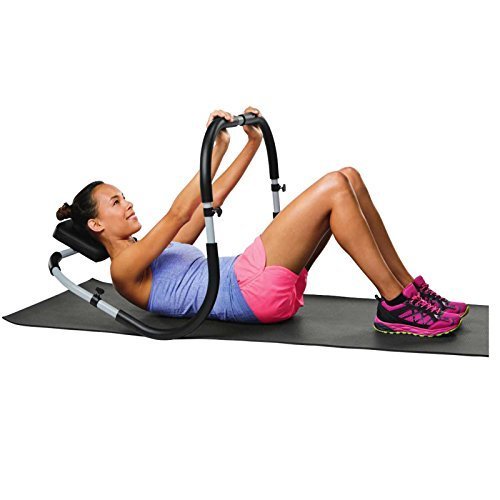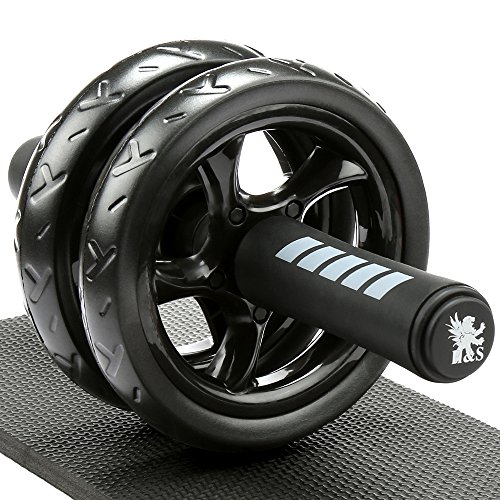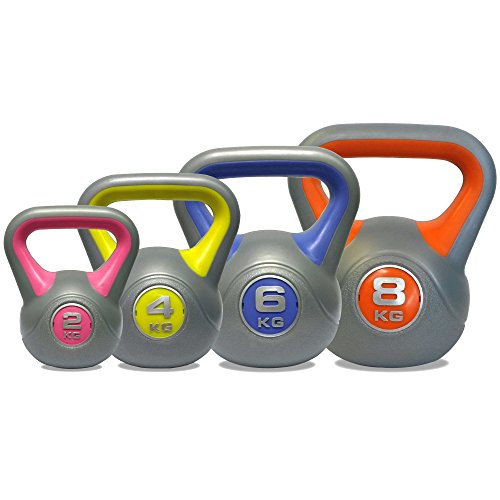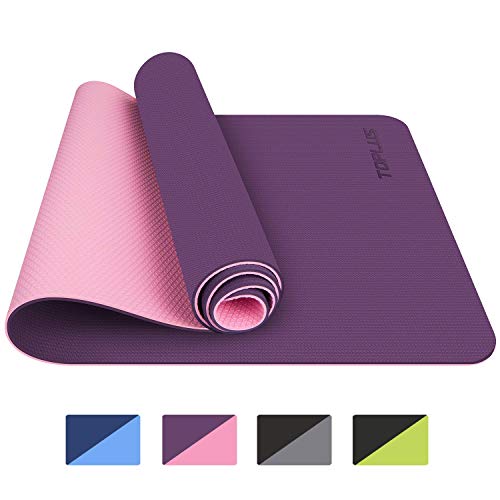Rehab Dislocated Shoulders with Bands
Band Workouts For Shoulder Dislocation Rehab
Having a shoulder dislocation means that you cannot perform simple tasks due to a lack of strength and excruciating pain. The problem arises when the upper part of the humerus gets out of its socket.
The first instinct you get is to go to the doctor, who will then assess to see the extent of the damage. If it is severe, they will recommend surgery. However, a vast number of dislocations can get resolved through exercise.
One vital tool that has proven to be efficient is the resistance band. You will require to work with a specialist for guidance to prevent the problem from getting worse. Below is a step by step procedure on these exercises.
Popular Band Sets for Shoulder Rehab – Tomshoo Resistance Bands
Shoulder Flexion.
First, lie down with your back to the ground. Secure both ends of the resistance band firmly using both hands while your arms face the floor. Bend your knees so that they achieve a ninety degrees angle.
Stretch out your arms on the sides of your hips. Create a little tension on the resistance band, but it should be flexible to allow you to move comfortably. In a straight position, slowly raise your arms over your head.
At this position, you should feel a little stretch in your shoulders and upper back. Hold for around thirty seconds, then return to your starting position. Make repetitions around four times, but ensure you are gentle.
Internal Rotation.
Anchor one end of the resistance band on a stable object to the height just below your breast. Make a sizeable loop that accommodates your palm.
Stand in a position where the hurt arm is parallel to the anchor. Bend your elbow in an L shape and position it under your breast. Get a soft material like a towel in a rolled manner and secure it on your side using the ailing hand.
It would help if you stayed relaxed all through while facing straight ahead. The other hand that is not exercising should remain straight, pointing the ground.
Secure the loop using the hurt arm and carefully rotate it inwards until it comes into contact with your body. Hold for ten seconds then return to the original position. Make repetition of around five to ten rounds then break.
Related Article: Best Resistance Band Training Exercises For Athletics
External Rotation.
It is almost similar to the internal rotation, but the principle is to work in the opposite direction. Anchor one end of the resistance band on a stable object to a level below your breast.
Stand in a position where the hurt arm is opposite to the anchor. Use a towel roll for more stability. Form a loop on the other end, then using the injured arm create some tension to make it productive.
Pull the resistance band away from the object. The movement should rotate your forearm in an outward direction. Hold for ten seconds, then slowly go back to the starting position.
You should maintain a straight posture all through the move and your forearm parallel to the ground. Do not lean at any point; otherwise, it reduces the rate of healing.
Shoulder Abduction.
Stand in a straight position then secure one end of the resistance band firmly under your feet. Position the hurt arm in a straight form facing the ground. Hold the other end and allow for slight tension.
Lift the arm slowly while maintaining your elbow in a straight way till you reach the shoulder level. Hold for 20 seconds then return to the starting position. Repeat around five times.
Although the goal of these moves is to help improve the situation, you should exercise with caution. The best time to start working out is when the pain has reduced.


